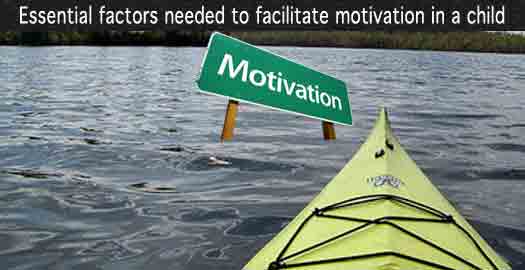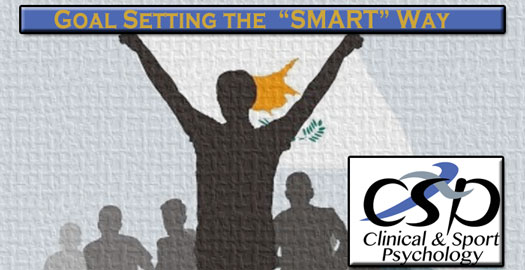I had the opportunity to take my four-year-old son, Samuel, on a kayak adventure on a beautiful lake in Syracuse, NY. I loved being a part of his excitement as he paddled independently across the lake with only a bit of guidance from me. We were paddling effortlessly on a calm lake underneath bridges and into smaller creeks for about an hour. It was a real adventure much like I had as a child. As we paddled harder and faster, we both enjoyed feeling the kayak glide quickly through the water. This was a great setting to learn something about motivation from each other. Soon, we began racing other family members in a different kayak. It was fun to see Sam push himself a bit harder in a competitive scenario. As he worked harder, I noticed that he began to get tired. I gently said to him:
“Sam, if you are getting tired, you can take a break and I can paddle”
His reply, “Dad, even if I am tired, I’m going to keep on paddling”
Dad, (Pause) “Why?”
Sam’s reply, “Because I want to get stronger and get more muscles”
I smiled at the high degree of internal motivation he was demonstrating. He wanted to win, to get stronger, and be more independent. These are all great developmental goals I would hope to see in any child. I like to believe that I imparted some of these values upon him. However, on that day, he taught me a few lessons on the essential factors needed to facilitate motivation. I began thinking of the theorists that could provide a context for understanding what had happened between my son and I. According to Deci (1995), we created a social context for competence, relatedness and autonomy (factors necessary for motivation).
- Competence– Samuel was becoming competent in learning to paddle a kayak. He had learned the basic technique and motor skills necessary to achieve speed. This had its own internal rewards of mastery.
- Relatedness– He was learning this from his father, ME, and the bonds of attachment were becoming stronger between us. We have a great relationship and I enjoyed spending time teaching him new things in a fun way.
- Autonomy– Sam was internally motivated by his own goal and activity. He wanted to paddle the kayak independently, get stronger and get more muscles. He was motivated to engage in a task that HE selected as fun and engaging. I did not impose any rewards on him for performing the activity.
As a parent, educator, or coach consider whether the activity you are asking a youngster to perform satisfies these three needs.
- Start by asking the question, “What is motivating this child to perform the activity?”. It is better if it is internally motivated as compared to externally imposed through reward or punishment. If internally motivated, it will result in greater psychological well being, persistence, and optimal performance. In my son’s case, he stated that he wanted “to become stronger and get more muscles”. This was a “larger” motivating goal that was being satisfied in the context of kayaking with his father.
- Sometimes, you may need to infer what your child wants when it is not explicitly stated. Look for external signs of fun and pleasure. It should not be too hard to find.
- By the way, this theory has greater implications into all domains. It applies to education, sport, work, and job satisfaction.
John E. Macri, Ph.D., CC-AASP runs a private practice in Ridgewood New Jersey, New Jersey Clinical and Sport psychology. He is a licensed psychologist, sport psychologist, and school psychologist who specializes in increasing performance in all facets of life. He is available for psychological testing and assessment, speaking engagements, individual consultations, and team/business consultations. He can be reached at 201-445-3306 and john@newjerseycsp.com.
Edward L. Deci (1995). Why We Do What We Do: Understanding Self- Motivation.




